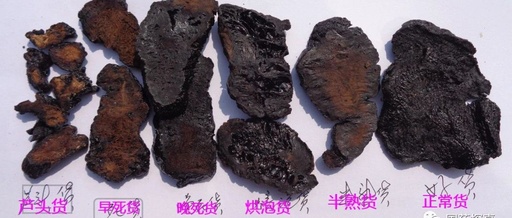Cooked Rehmannia (Shu Di Huang) is a processed product of the four major types of Rehmannia, and it is a commonly used bulk Chinese herbal medicine. Its 【Properties and Meridian Affinities】 is sweet and slightly warm, and it enters the liver and kidney meridians.【Functions and Indications】 It nourishes the blood and enriches the yin, benefiting essence and filling the marrow. It is used for blood deficiency leading to withered yellow complexion, palpitations, irregular menstruation, excessive bleeding, liver and kidney yin deficiency, soreness of the lower back and knees, bone steaming heat, night sweats, seminal emission, internal heat leading to thirst, dizziness, tinnitus, and premature graying of hair. It is highly esteemed by people. In traditional quality assessment, high-quality cooked Rehmannia is characterized by a pitch-black color, sweetness like syrup, and a soft, moist, and lustrous appearance. However, we may encounter various abnormal phenomena in the products of cooked Rehmannia, such as some having yellow hearts, larger fibrous parts, being crumbly, or having air pockets. These abnormalities can arise from the quality of the raw Rehmannia itself, the degree of processing, or human factors.
↓ High-quality cooked Rehmannia slices
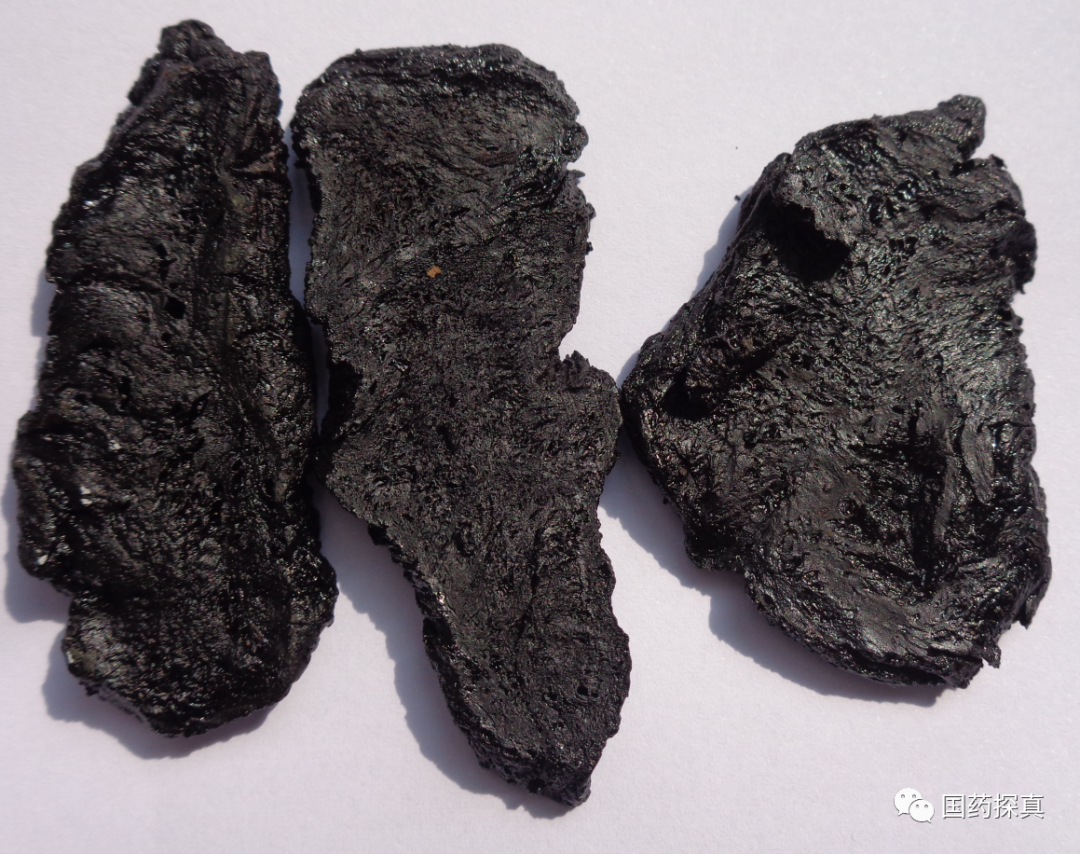
Below, I summarize the possible abnormal situations and their causes in cooked Rehmannia:
- Dead Goods (including early and late deaths): This type of product is due to the influence of pests and diseases on Rehmannia, causing it to wither at different times. Early deaths often appear crumbly, while late deaths may partially appear crumbly. Such Rehmannia, regardless of how it is steamed, will not turn black; it will only deepen to a yellow-brown color, and chewing it is bitter and gritty. This phenomenon in cooked Rehmannia products is unavoidable. After processing into slices, they generally need to be sorted out, but it is often difficult to clean them thoroughly.
- Half-Cooked Goods: This type of product is due to the factors of production processing. Due to the moisture content, size, and duration of steaming of the Rehmannia, some may not be fully steamed, leading to this phenomenon. Of course, when implementing the 2015 edition of the “Chinese Pharmacopoeia,” due to the limits on “catalpol” content, to reduce the loss of catalpol (the degree of steaming greatly affects the loss of catalpol), such phenomena often occur, which is a regrettable necessity. Generally, the longer the steaming time, the less (smaller) the yellow heart; conversely, the more (larger) it is.
- Fibrous Goods: This situation arises when the fibrous parts of the Rehmannia are not properly sorted out, often seen in small cooked Rehmannia slices. This type of Rehmannia often appears fibrous (wood-like), yellowish-white in color, and no matter how it is steamed, it will not turn black, and chewing it feels gritty. Such slices generally also need to be sorted out, but it is often difficult to clean them thoroughly.
- Overbaked Goods: This situation occurs when the Rehmannia is too close to the heat source during baking and is not turned in time, leading to overbaking. Cooked Rehmannia processed this way has large air pockets, and some of the pockets contain a lot of shiny Rehmannia oil. This phenomenon in cooked Rehmannia products is also difficult to avoid. Additionally, the size of the air pockets is related to the degree of baking.
- Juice-Mixed Goods: This type of cooked Rehmannia has a particularly dark and shiny surface, making it more prone to clumping. The reason is that during steaming, the steam ratio was not well controlled, resulting in a higher amount of juice (commonly known as “Rehmannia oil”) produced, which is not suitable for discarding, thus mixed into the cooked Rehmannia. However, such cooked Rehmannia is also of high quality.
- Single-Cut Slices: This type of cooked Rehmannia slice is made from smaller cooked Rehmannia pressed by rollers, cut into two pieces by a blade in the lower part of the roller. These slices appear large, but the entire product has only one cut surface, while the other side shows signs of compression, with the skin surface being flat. (Conventional cooked Rehmannia slices mostly have two cut surfaces, some have one cut surface, and their shape is relatively small, with the non-cut surface slightly protruding.)
- Burnt Goods: This situation occurs when the Rehmannia is too close to the heat source during baking and is not turned in time, leading to severe overbaking. Cooked Rehmannia processed this way has large air pockets and appears porous. The pockets are often dry, occasionally containing a small amount of Rehmannia oil, and have a burnt bitter taste. This phenomenon can also be seen in cooked Rehmannia products, but it is advisable to try to pick them out. Cooked Rehmannia from burnt goods is of poor quality.
↓ Early dead goods
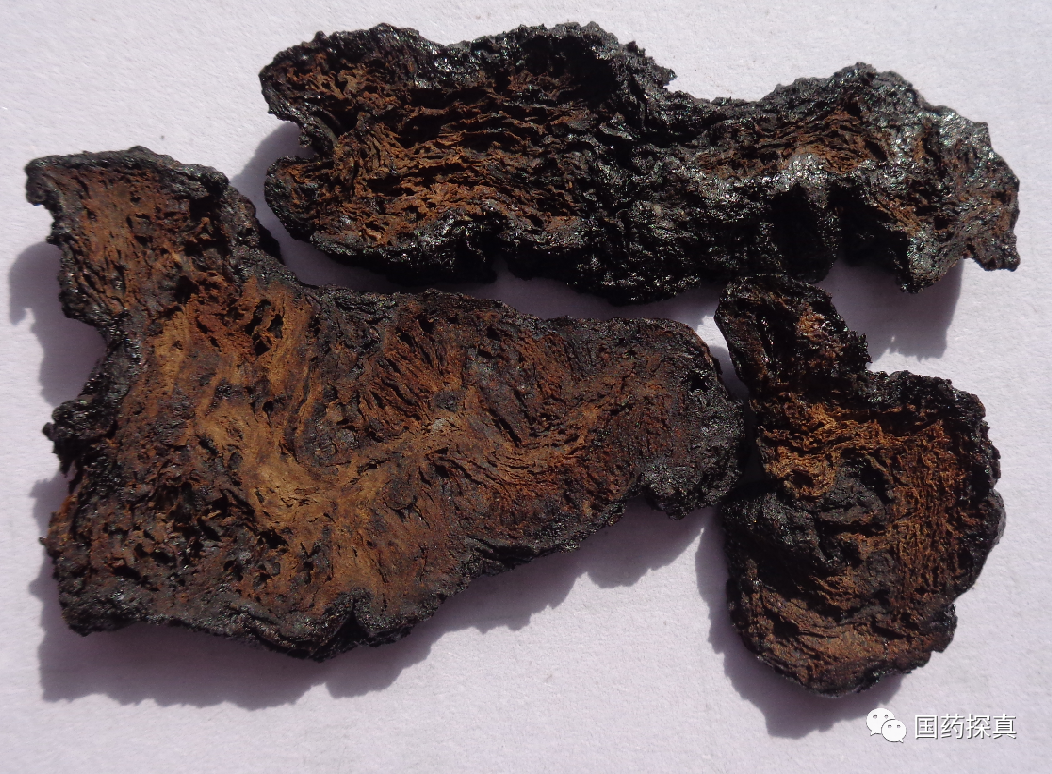
↓ Late dead goods

↓ Half-cooked goods (mild)
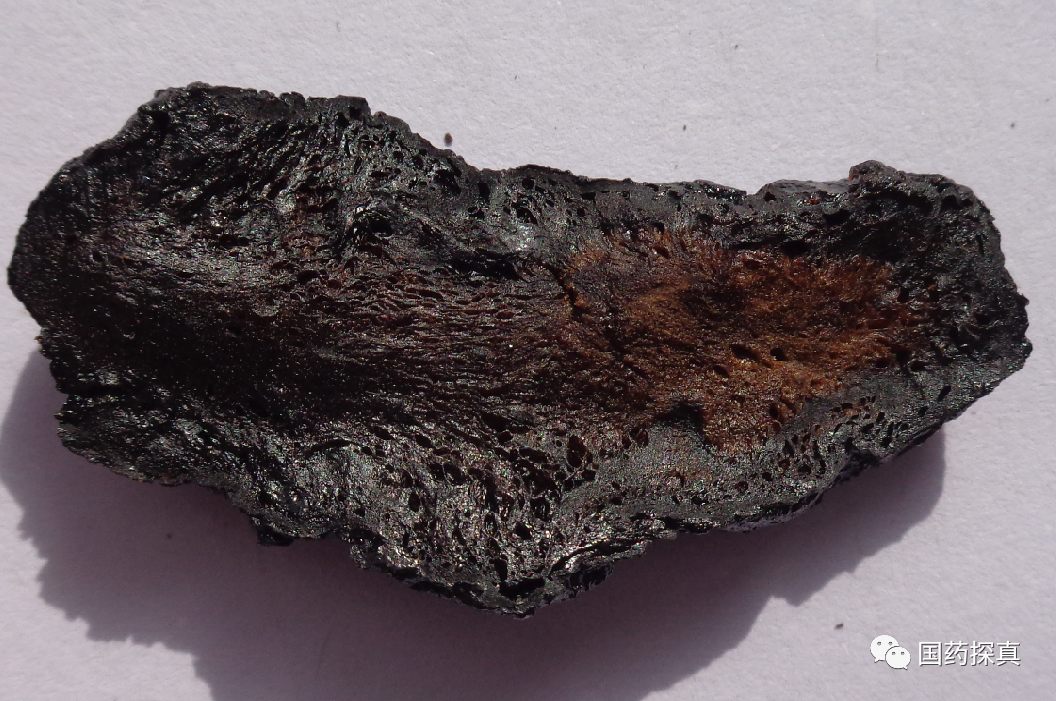
↓ Half-cooked goods (severe)
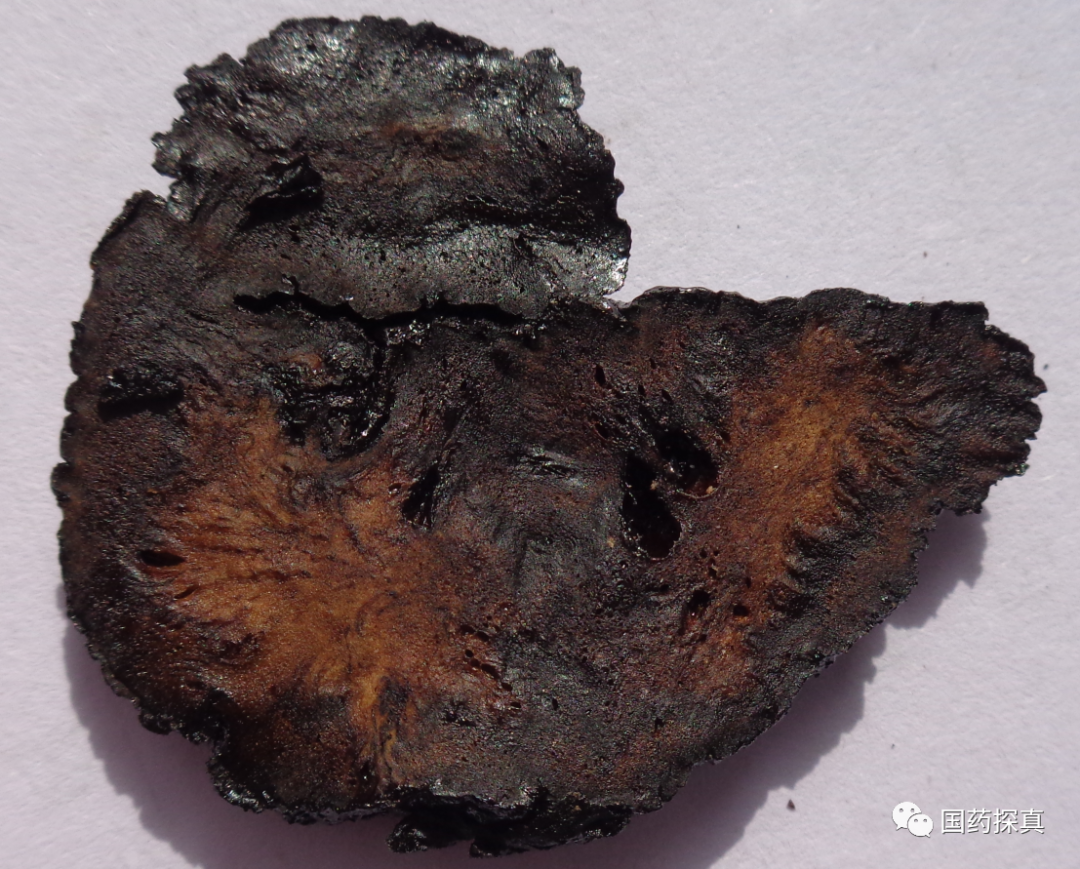
↓ Fibrous goods
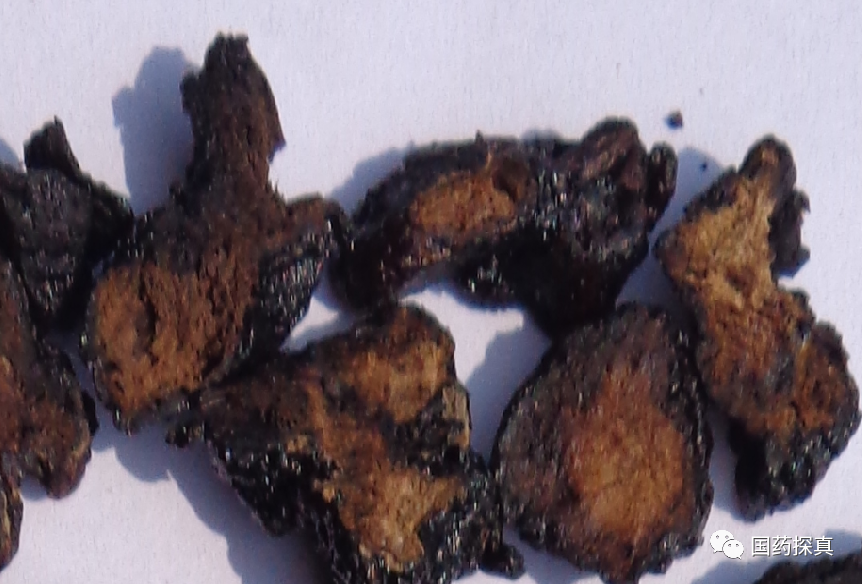
↓ Overbaked raw Rehmannia
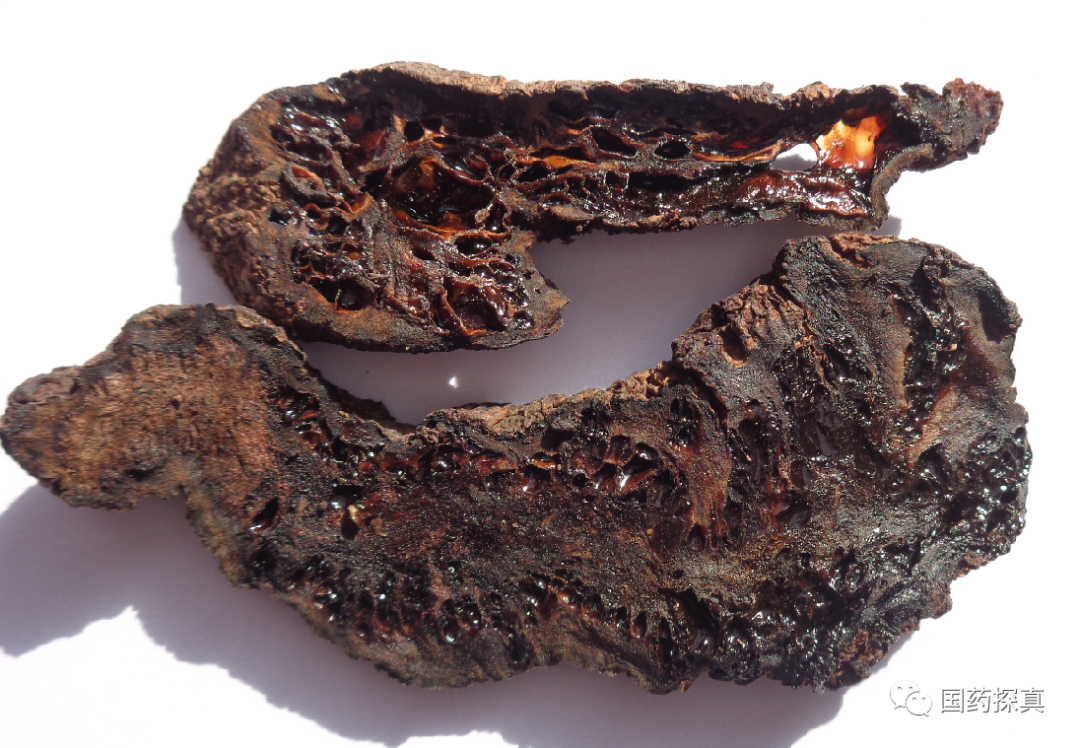
↓ Cooked Rehmannia processed from overbaked raw Rehmannia
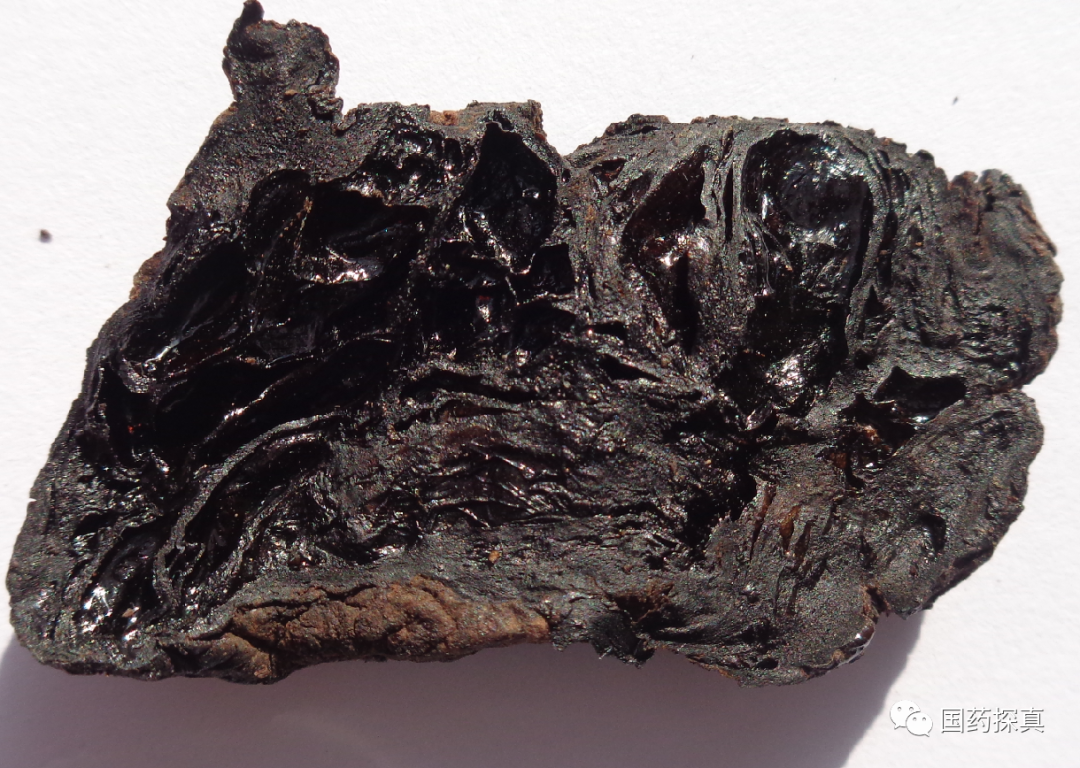
↓ Juice-mixed goods
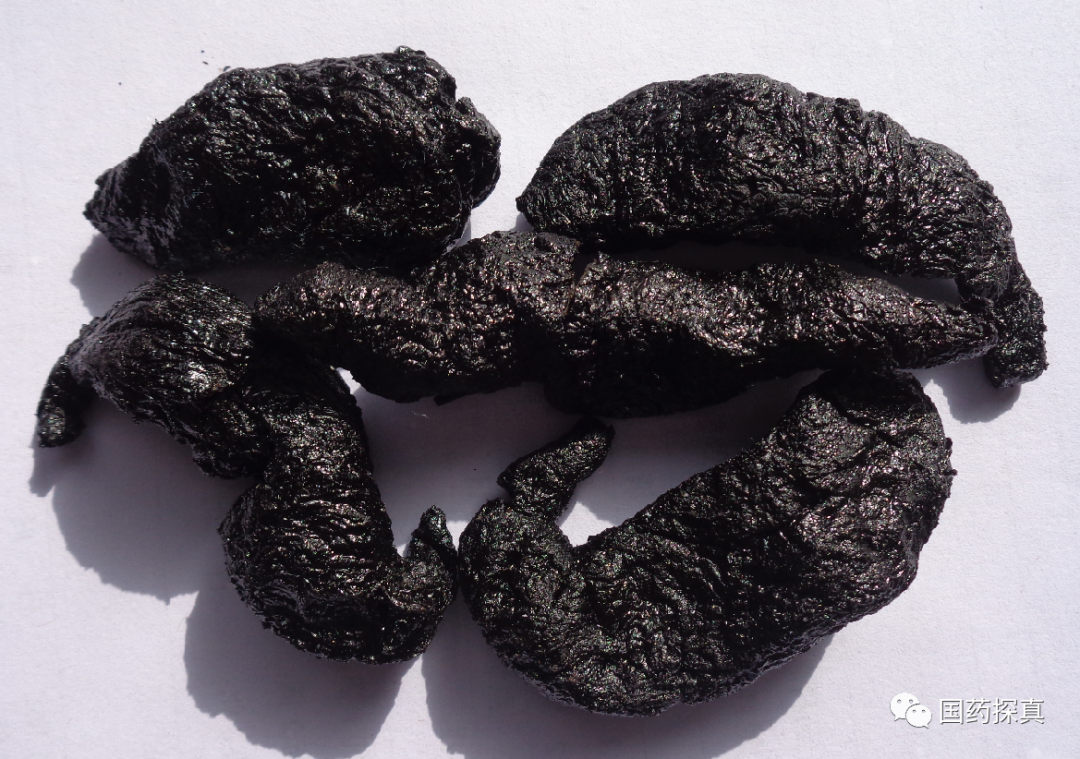
↓ Single-cut slices
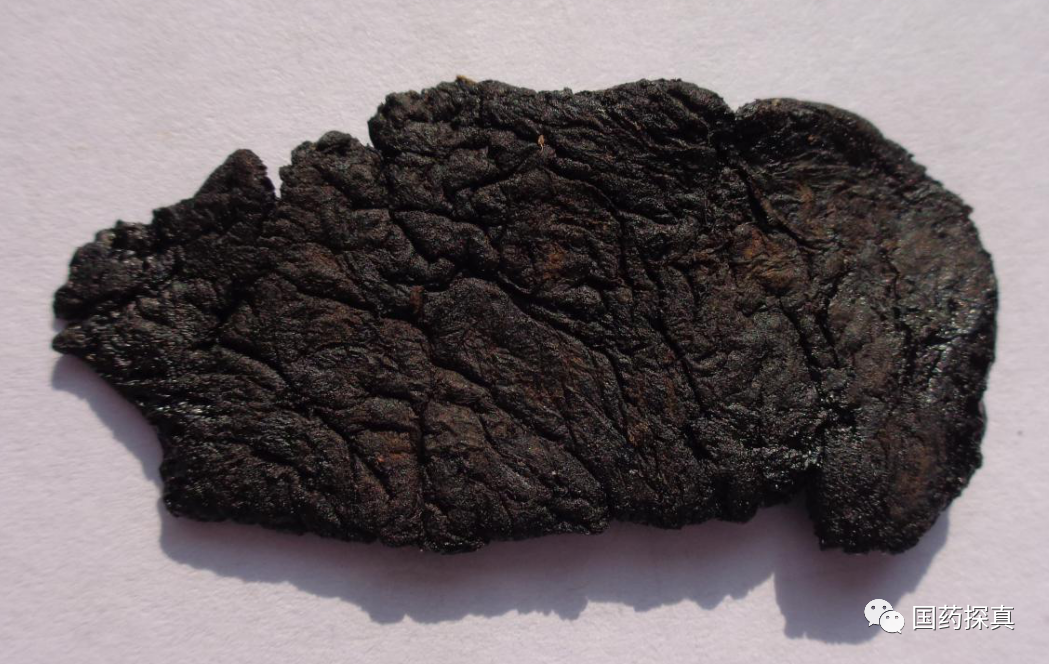
↓ Burnt goods
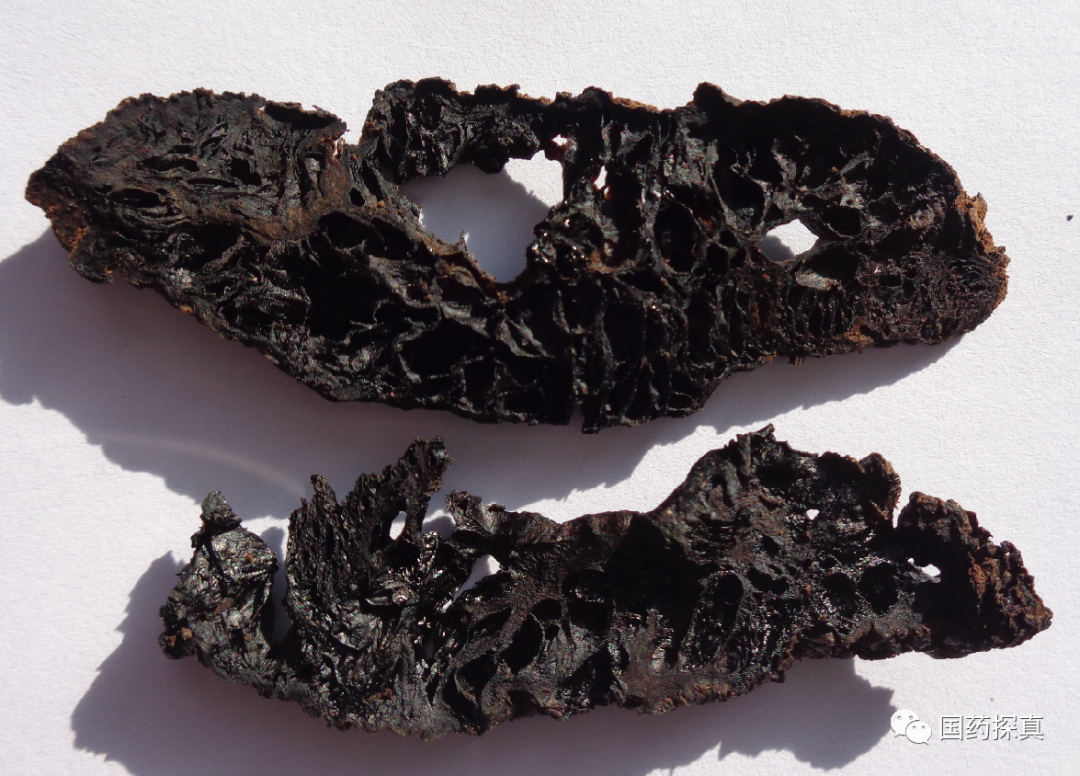
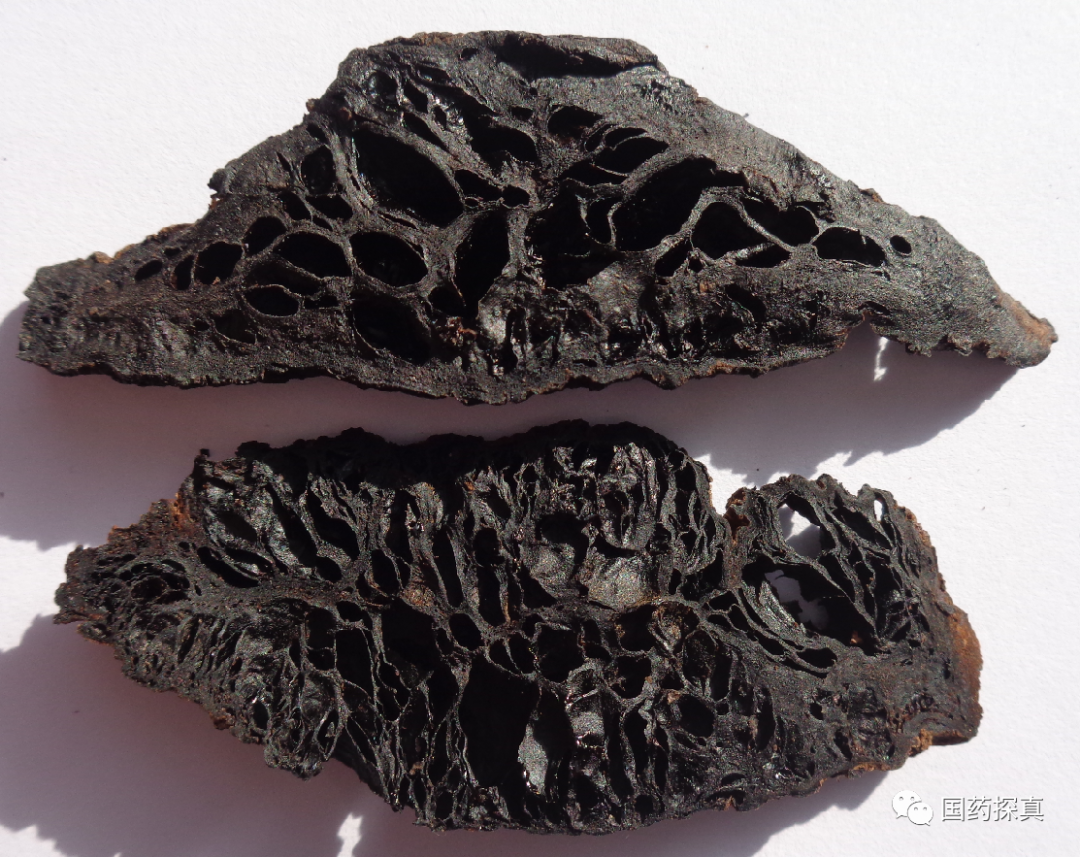
↓ Comparison of various cooked Rehmannia slice characteristics
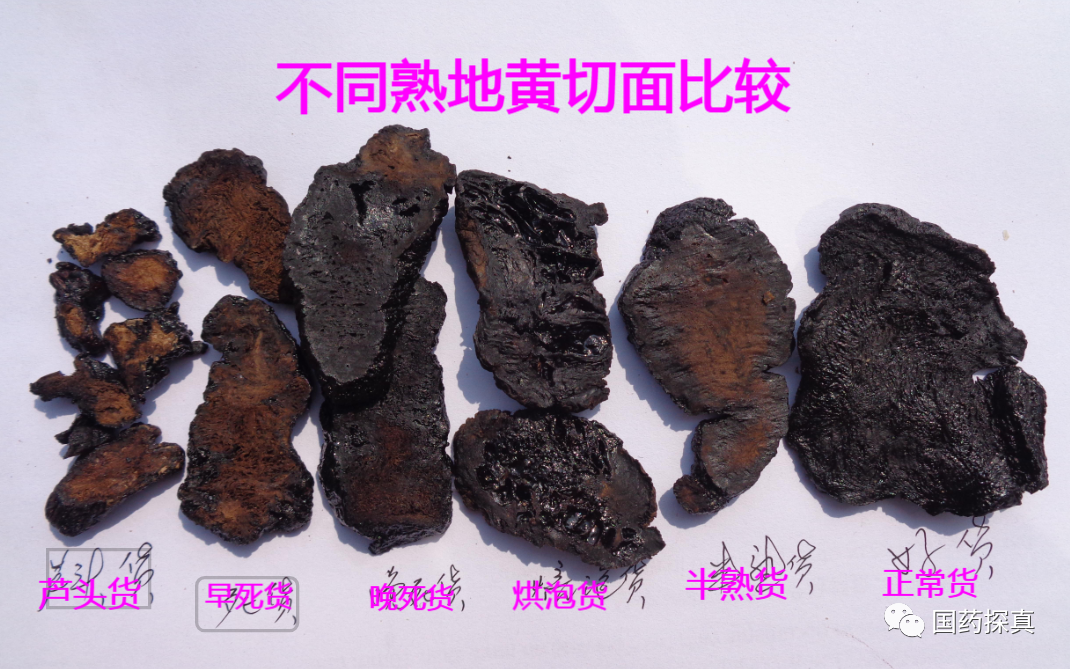
Additionally, in recent years, it has been common to see the price of cooked Rehmannia slices being lower than that of raw Rehmannia in the herbal market, which is abnormal. This is because cooked Rehmannia not only involves complicated production processing, high energy consumption, and high labor costs, but also has a low product yield. Under normal circumstances, the cost of cooked Rehmannia should be 2-4 yuan higher than that of raw Rehmannia for the same specifications. So why is it lower? This should be due to adulteration, such as mixing Rehmannia juice mud, excessive soil, a gritty texture, high moisture content, pressing small pieces into large slices, and reprocessing fragments into slices, etc. Characteristics of reprocessed slices: No outer skin, uniform color, lacking the natural shape and structure of Rehmannia.

